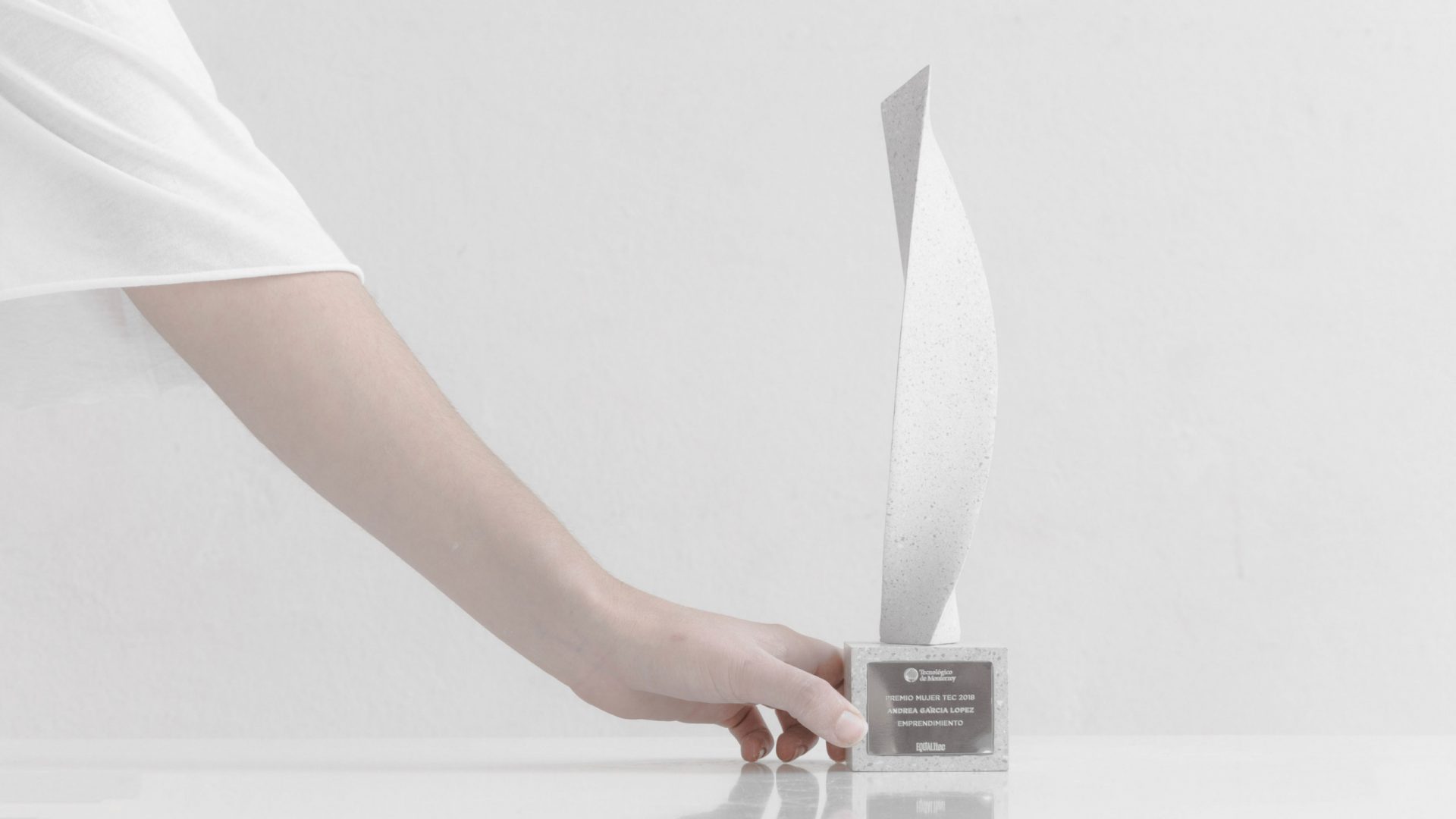A new material made from tea waste revolutionizing the fashion industry
Wastea emerges as a novel choice to traditional leather, ingeniously repurposing tea waste that would otherwise be disposed of in landfills or burned

Finding new ways to express creativity through materials without harming the environment or animals has now become an almost everyday task for many professionals and has always been a fascinating challenge for fashion, interior and product designers. In this scenario, the innovative material called Wastea, developed by the Turkish company Scays Group, also comes into play.
Meet Wastea:
Replicating the look and feel of leather, the sense of comfort and the warmth to the touch, as well as that perception of a strong, valuable and durable material has been a focal point in the industry, which has focussed efforts to develop more eco-friendly and cruelty-free alternatives providing the same mechanical performances and aesthetics.

This led to the manufacturing of many types of synthetic leathers, produced starting from chemical compounds, that eventually brought to market many PVC- or synthetic PU coated fabrics.
Turning problems into opportunities
Scays Group, the company behind the Wastea material, specializes in creating sustainable and circular solutions for various industries. It was founded in 2015 by Erdem Dogan, a passionate entrepreneur who wanted to make a positive impact in the world.
His vision is to transform waste into value, and to create products that are not only functional and beautiful, but also ethical and environmentally friendly. Wastea in particular is made from tea waste that would otherwise end up in landfills or incinerators.

Tea waste is a huge problem globally, as it accounts for about 10% of the total tea production, and has a high environmental impact due to its associated water consumption, carbon footprint, and the common presence of chemical residues.
Scays group saw an opportunity to turn this problem into a solution, by using a patented process that converts and integrates tea waste into a durable, flexible, and breathable material that resembles leather.

Wastea vs traditional leather
This pioneering material offers numerous advantages compared to conventional leather, including:
- It is fire resistance to a grade
- It is vegan and animal-friendly, as no animals are harmed or killed in its production
- It is water-resistant and stain-resistant, as it has a natural coating that repels liquids and dirt
- It is lightweight and comfortable, as it adapts to the shape and temperature of the body
- It is versatile and customizable, as it can be dyed, printed, embossed, or stitched according to the desired design. Moreover, the overall bio-based content in this material ranges between 45% and 95%, as the fabric contains polyurethane (Bio Polyole) that is bio-based as well

What industries can benefit from it?
Wastea has already attracted the attention of many fashion brands and designers, who have used it to create stunning products such as bags, shoes, jackets, wallets, belts, and more. But application scenarios can be further expanded, as this material is also suitable for furniture, interiors, and very interesting also for the automotive industry.
Moreover, through the experience of Scays Group in the textile sector and the latest technology available, the company is able to separate the different layers of Wastea and upcycle the material as a new resource for other products.
The lower fabric base, i.e. the backing of the material, gets recovered and used to generate new fabrics. The upper layer is shredded into fine particles and mixed up with cement and other natural elements to create a new material under the name Wasment, an advanced cement alternative with extensive and interesting features.

Circular economy and positive community effects
Wastea is not only a great option for fashion lovers who want to look good and feel good about their choices. It is also a great example of how innovation and creativity can solve some of the most pressing challenges of our time.
By using Wastea into their design, not only this could support a circular economy that reduces waste and emissions, but also a social cause that empowers tea farmers and workers who benefit from the fair trade of the secondary resources that they produce.











